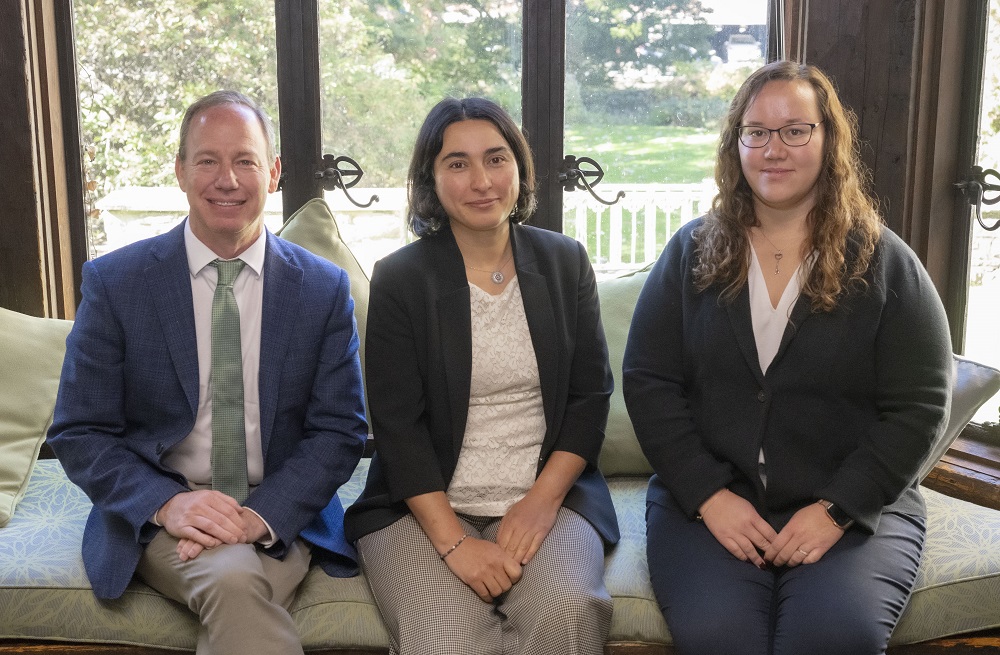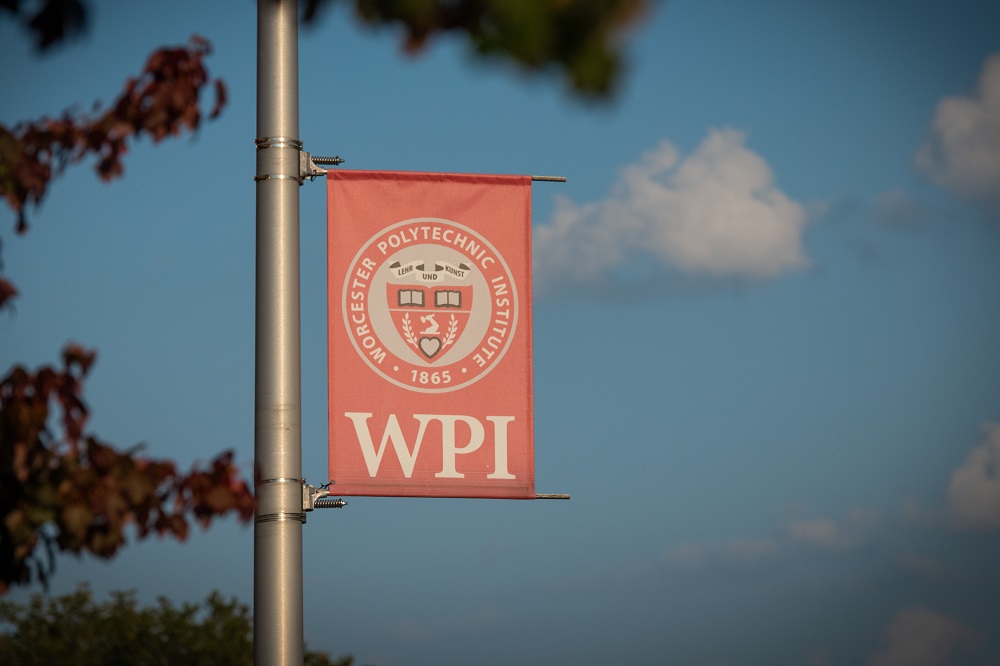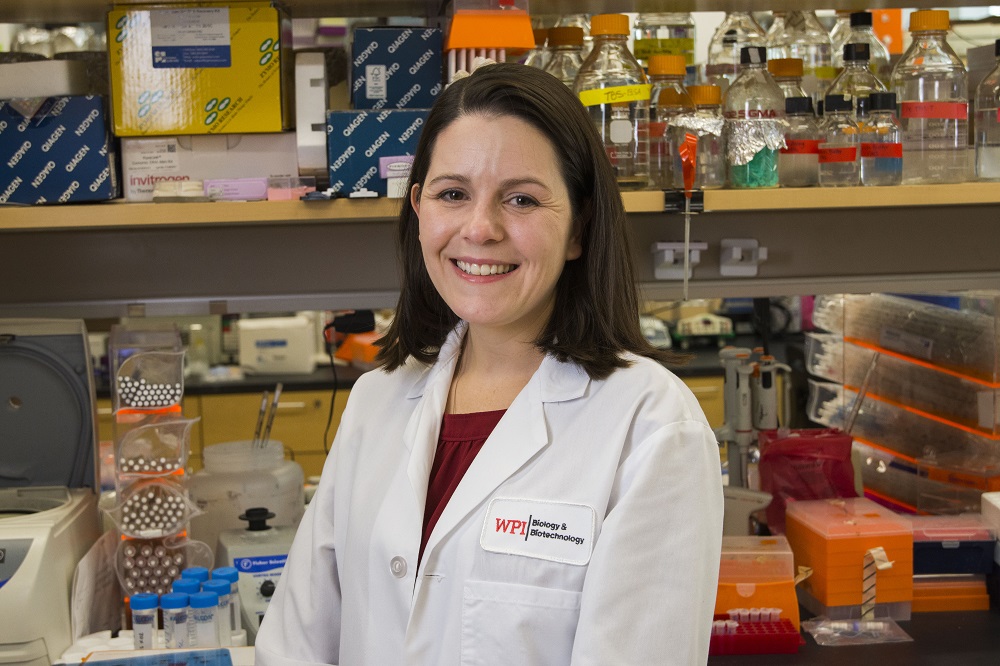Christopher H. Sotak, a member of WPI's biomedical faculty for more than two decades and an internationally known researcher in the use of magnetic resonance imaging (MRI) in the diagnosis and treatment of stroke and cancer, died on May 28, 2011, at the age of 59. Sotak served as head of WPI's Department of Biomedical Engineering from 1999 to 2006.
Sotak was a pioneer in the medical use of MRI, beginning his groundbreaking research even before the first human scanners were developed in the early 1980s. After receiving BA and MA degrees in chemistry from the University of Northern Colorado, he began work on a PhD in chemistry at Syracuse University, where he used a large-bore chemistry NMR (nuclear magnetic resonance) instrument to study metabolism in perfused rat hearts. (Sotak also held an MBA from WPI.)
After receiving his doctorate, he joined a company that was developing an early MRI instruments for animal research. The company was acquired by General Electric, and Sotak became a software engineer working on the design of the very instrument that would eventually become the core of his laboratory at WPI. He eventually became an applications scientist, a job that included original research. "Nearly everything I did then was breaking new ground and was publishable," he told the WPI Journal in 1999.
In 1988, while on a visit to the University of Massachusetts Medical School, which had recently begun a joint research program in MRI with WPI, Sotak learned about an open position for the director of the joint research lab, a post that also included appointment as assistant professor of biomedical engineering at WPI. He successfully applied for the position. (In addition to his WPI appointment, Sotak was an adjunct professor at UMASS Medical School.)
Magnetic resonance imaging and the related technique of MRI spectroscopy use the combination of a strong magnetic field and radio waves to produce detailed images and precise biochemical measurements of the body. Under Sotak's direction, WPI's MRI laboratory became a pioneer and a world leader in the use of these technologies to study stroke and cancer and to evaluate new treatments for these deadly diseases.
With an intimate understanding of the technology and its capabilities, Sotak worked on applying it to a variety of medical and nonmedical problems, including new ways of probing systems as diverse as oil wells and tendons. But the majority of his research, which he conducted in partnership with colleagues at UMass, including Mitchell Albert, professor of radiology and director of MRI research at the UMass Medical School, and Marc Fisher, professor of neurology and vice chairman of the UMass Department of Neurology, focused on stroke and cancer.
While at GE, Sotak earned two patents for new techniques he developed to selectively locate lactic acid using NMR spectroscopy (lactic acid is produced by oxygen-starved cells in tumors). At WPI, he continued this work, developing methods to map tumors and evaluate the effectiveness of chemicals that increase the flow of oxygen to cancer cells and make them more susceptible to radiation and chemotherapy. He also studied the use of perfluorinated hydrocarbons, which make tumor cells stand out in MRI images and also help measure tumor oxygenation, to help physicians evaluate the effectiveness of cancer treatments.
Sotak's laboratory was one of the first to use diffusion-weighted MRI to create images of the damage caused by stroke. The technique measures the movement of water molecules within and between brain cells, a highly sensitive indicator of the damage caused by obstruction of blood flow to the brain. After the FDA, in 1996, approved the use of the clot-busting drug TPA (tissue plasminogen activator) as the first emergency stroke treatment, Sotak and his colleagues began studying the combination of diffusion-weighted MRI and perfusion-weighted MRI (which can measures blood flow in the brain) to monitor the progression of stroke (critical, since TPA can only be administered within three hours of the onset of stroke). They also evaluated the effectiveness of TPA and many other drugs developed to curtail and treat stroke.
In 2009, Sotak, Albert, and Fisher received the first award through the UMass-WPI Collaborative Pilot Project Initiative program to study hyperpolarized MRI imaging, which uses polarized xenon gas to dramatically increase the signal strength of MRI imaging and the resolution of the images. In particular, they worked to compare the ability of hyperpolarized MRI and more traditional MRI techniques to image the effects of stroke.
Sotak earned significant recognition for his research, including the Established Investigator Award from the American Heart Association and WPI's own Board of Trustees' Award for Outstanding Research and Creative Scholarship.
A fellow of the International Society for Magnetic Resonance in Medicine (ISMRM) and the American Institute for Medical and Biological Engineering (AIMBE), he was an active participant in scientific conferences around the world; in 2008, he was a member of the organizing committee of the 9th Bologna Meeting on Magnetic Resonance in Porous Media and served on the executive committee for the 48th Experimental Nuclear Magnetic Resonance Conference.
Sotak was named head of the Department of Biomedical Engineering in 1999 and held that post until 2006. In that position he presided over "the growth and development of the department to its current prominence by recruiting and mentoring faculty as well as developing curricular and programmatic initiatives at both the undergraduate and graduate levels," notes current department head Ki Chon. Sotak also led the department as it prepared to move its graduate programs to the Life Sciences and Bioengineering Center, which opened at Gateway Park in 2007.
Sotak s leaves his wife Sandy, and three children; three brothers and two sisters; and many nieces and nephews.
Memorial donations may be made to UMASS Memorial Hospice, 650 Lincoln Street, Worcester, MA 01605.


